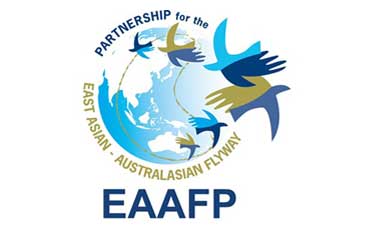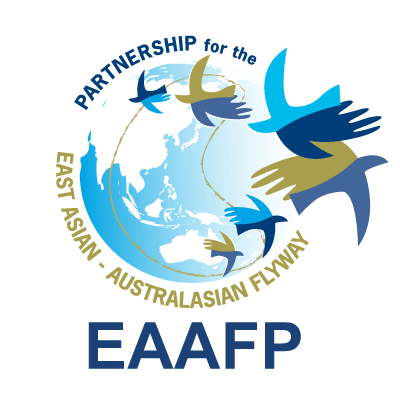-
Baer’s Pochard
Background Current status Key threats What can we do? Useful information Related News Baer’s Pochard Aythya baeri was formerly a relatively common and widespread duck in Asia, although it has possibly not been abundant for a long time, and in fact there has never really been a good understanding of its population size. This species has always […]
Continue reading -
Cuộc họp các đối tác lần thứ 8 (MOP 8)
Cuộc họp lần thứ 8 của các đối tác (MOP8) của EAAFP đã được tổ chức vào ngày 16-21 tháng 1 tại Kushiro, Hokkaido, Nhật Bản do Kushiro City và Bộ Môi trường Nhật Bản tổ chức. Trong 34 Đối tác của EAAFP, 29 người đã tham dự cuộc họp, bao gồm đại diện của […]
Continue reading -
8th Meeting of Partners (MOP 8)
The Eighth Meeting of Partners (MOP8) of EAAFP was held on 16-21 January in Kushiro, Hokkaido, Japan, hosted by Kushiro City and the Ministry of the Environment of Japan. Of EAAFP’s 34 Partners, 29 attended the meeting, including representatives of 16 of the 17 Country Partners. With members of Working Groups and Task Forces, and […]
Continue reading -
9th Meeting of Partners (MOP 9)
The Ninth Meeting of Partners (MOP) of EAAFP was held on 11-15 January in Singapore, hosted by the Singapore Government. This page will be updated with meeting materials and information. Please click here to download all MoP9 documents (2 February 2017) 9th Meeting of Partners – Report Report for Ninth Meeting of Partners (MoP9)
Continue reading -
Partnership Documents
The EAAF Partnership Document is the foundational document of the Partnership. It was developed during three Flyway consultation workshops in year 2004/05 at Seosun (Republic of Korea), Krabi (Thailand) and Canberra (Australia). The Partnership Document guides Partners to develop cooperation and collaboration to achieve the shared Partnership Goal–”to recognize and conserve migratory waterbirds and their […]
Continue reading -
Partners
The EAAF Partnership is made up of Partners open Governments, International Non-Government Organisations (NGOs) and Inter-Governmental organisations, that agree to endorse the text and supporting the objectives and actions under this Partnership. Membership is open to other Governments, International NGOs, Inter-Government organisations and members of the international business sector upon application and agreeing to endorse […]
Continue reading -
New mission underway to tag Spoon-billed Sandpipers
11 October, 2017 Guy Anderson, Saving the Spoon-billed Sandpiper Its October again, and the brief Arctic summer is well and truly over. The annual cycle of Arctic-breeding waders mirrors the tides that many see every day outside the breeding season. The boreal winter is low tide – birds settled in their wintering quarters. Then as […]
Continue reading -
Introduction of the Spoon-billed Sandpiper National Action Plan
Pyaephyo Aung, Biodiversity And Nature Conservation Association The Spoon-Billed Sandpiper (Calidris pygmaea) is categorized as Critically Endangered on the IUCN Red List of Threatened Species (Birdlife International 2016). In 2010, it was assessed that the global population of this species was declining by 26% per year, with a global population estimate of approximately 100 pairs (Zockler […]
Continue reading -
Ramsar Convention newsletter June 2017
The Ramsar Convention Newsletter of June 2017 has been published by the Ramsar Convention Secretariat. Below are some relevant news to EAAF and examples of conservation activities: The Ramsar Convention of Wetlands: towards the Sustainable Development Goals World Wetlands Day Theme 2018: “Wetlands for a Sustainable Urban Future” Myanmar designates the Gulf of Mottama as a Ramsar Site […]
Continue reading -
Technology coming to the aid of spoonie: finding the unknown
19 June 2017 Nigel Clark, Saving the Spoon-billed Sandpiper In 2009, Rhys Green and I were tasked with assessing how we could use new technology to track Spoon-billed Sandpipers. We thought that this would be an easy task but the more we looked into how we could safely attach any tag the more concerned we […]
Continue reading



